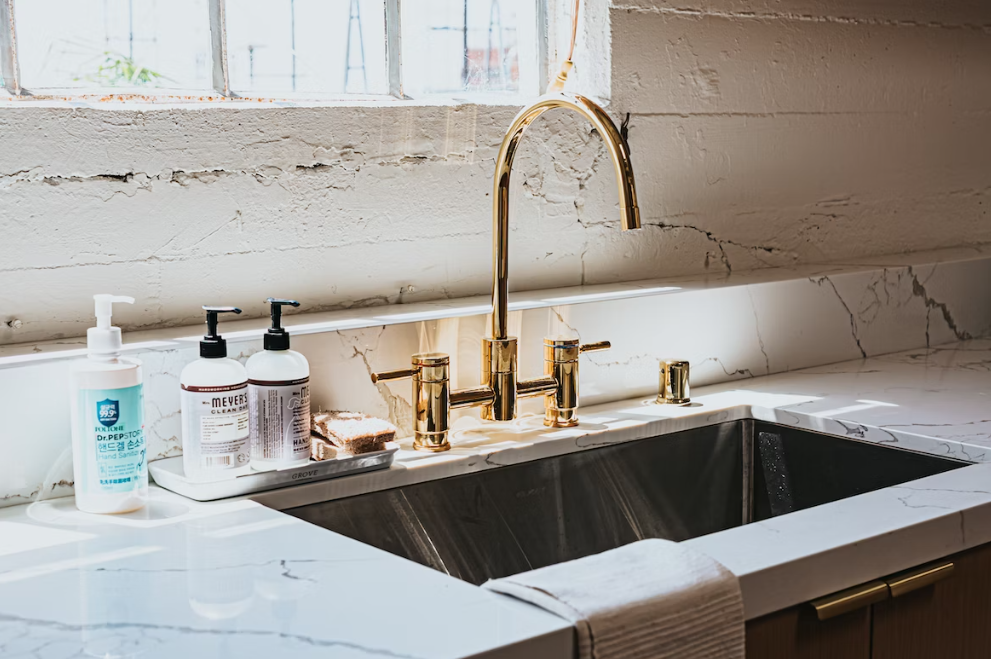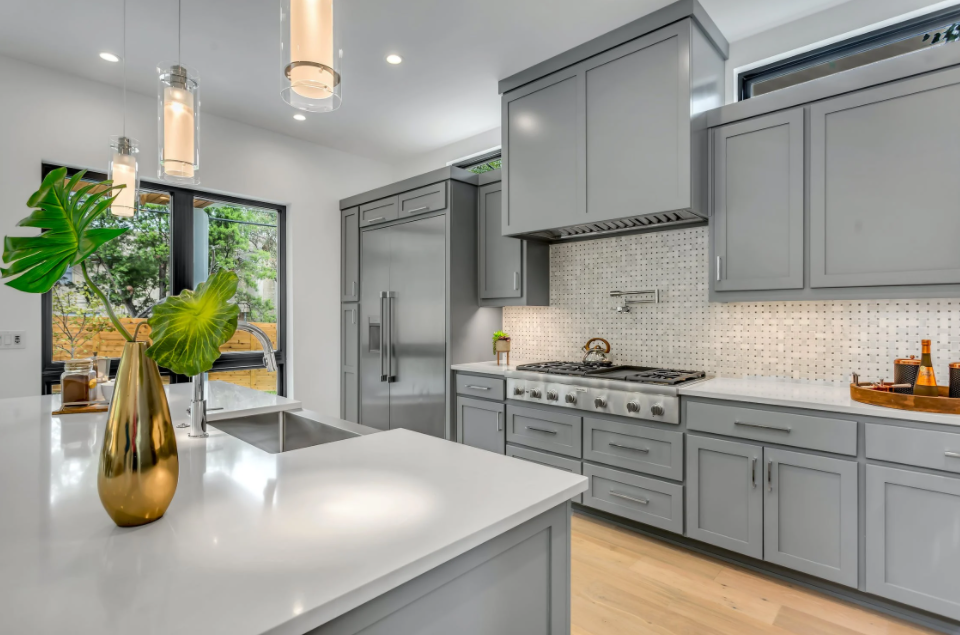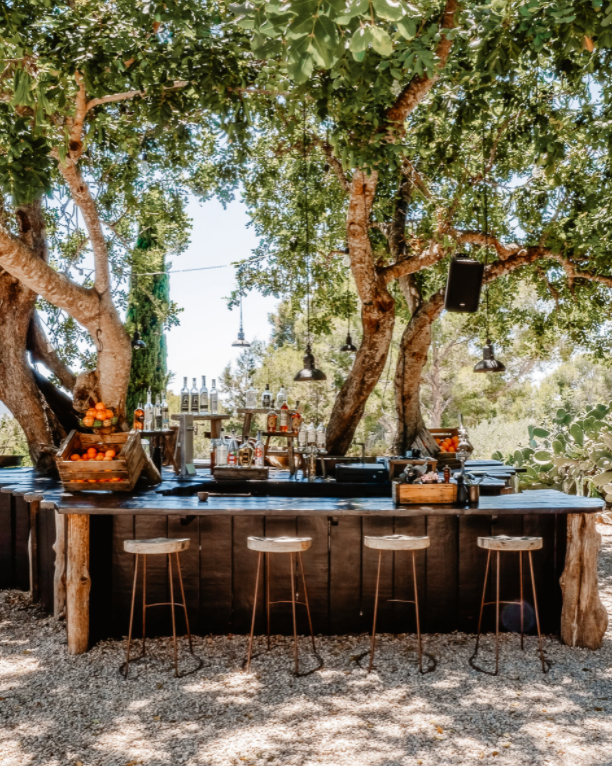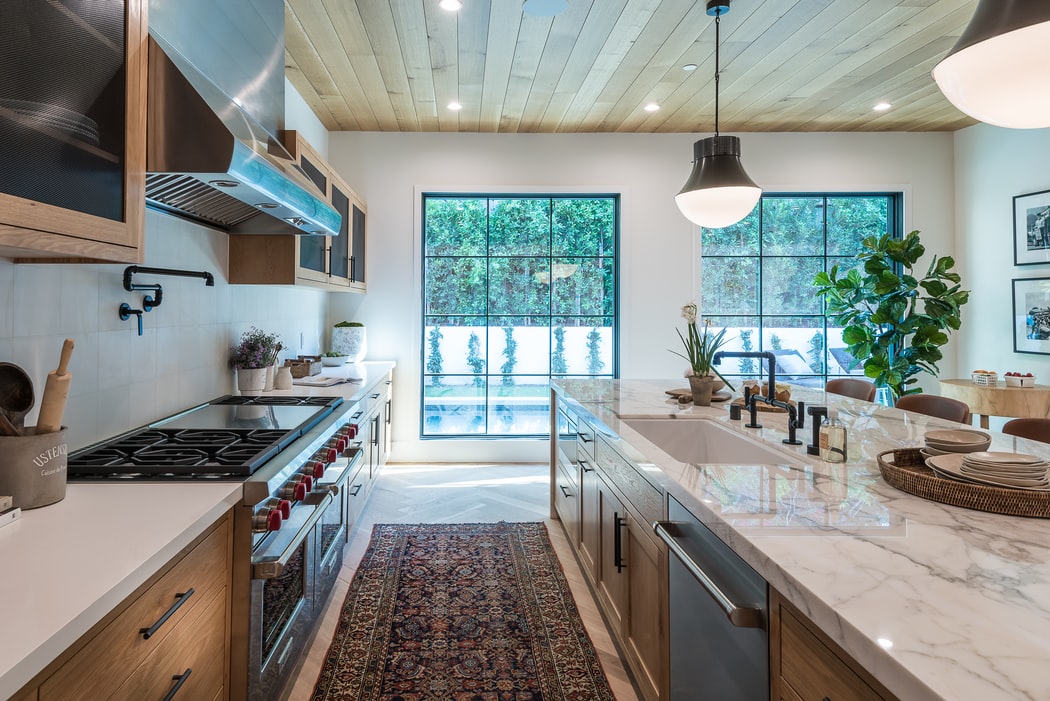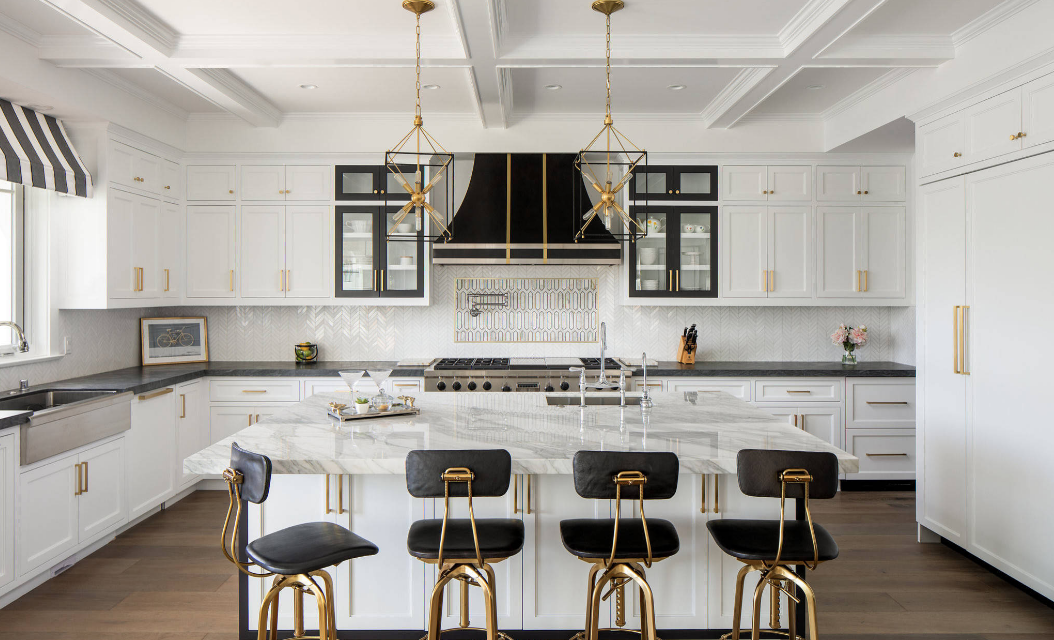Are you renovating your kitchen? Here are some things you should consider regarding your kitchen plumbing! Embarking on a kitchen remodel is an exciting endeavor, promising to rejuvenate the heart of your home and enhance its functionality. Amidst the flurry of design choices and material selections, it’s crucial not to overlook one of the most essential aspects of a kitchen – plumbing. A successful kitchen remodel isn’t just about aesthetics; it’s about creating a seamless integration of form and function. Here, we’ll guide you through the crucial plumbing considerations to…
Category: Kitchen Design
Top 3 Trends to Avoid in Rental Home Kitchen Design
To attract tenants and provide a functional and pleasant environment, the kitchen design of a rental home is quite essential! However, kitchen design trends have changed, much like those in other design fields. While keeping up with the most recent design trends is vital, some are best avoided, especially in rental properties. Landlords may make sure that the kitchens in their rental properties stay classic, helpful, and universally appealing to various tenants by avoiding these trends. These trends may be popular, but they frequently need long-term appeal and utility to…
Everything you Need to know About an Outdoor Kitchen Unit
Installing an outdoor kitchen is a great way to spend more time outdoors! Here are some tips on how to get started! Photo By: Unsplash The pandemic outbreak has locked us in our houses and turned our attention to the interior design of our homes. Instead of travelling far away, we tend to invest money in our gardens to make them idyllic places to chill and relax. No wonder why one of the trends of 2021 is an outdoor kitchen, a perfect place for small and big gatherings with friends…
5 Ideas to Make Your Kitchen More Efficient
Cooking for family get-togethers, dinner parties or special occasions can be a lot of fun. However, too much clutter and an unorganized kitchen can really put a damper on cooking and baking! Photos By: Unsplash When you spend so much time planning your meals, it just makes sense to have an efficient kitchen to match the meals you make. A few changes here and there can really make a great difference and that too without burning a hole in your pocket. Here are 5 amazing ideas to optimize the efficiency…
Here’s How to Make Your Appliances More Eco-Friendly
The effects of our impact on the environment have never been as clear as now — plastics churning in the ocean, extreme weather changes, and toxic air quality meaning more yearly air pollution. Now more than ever, the public and businesses are acutely aware of their responsibility to protect the planet for now and future generations. Photo By: Christine Kimberlee Designs For homeowners and businesses, it can seem like a lot of extra work to be energy efficient and eco-aware. But as well as keeping you compliant, maintaining a level of…

